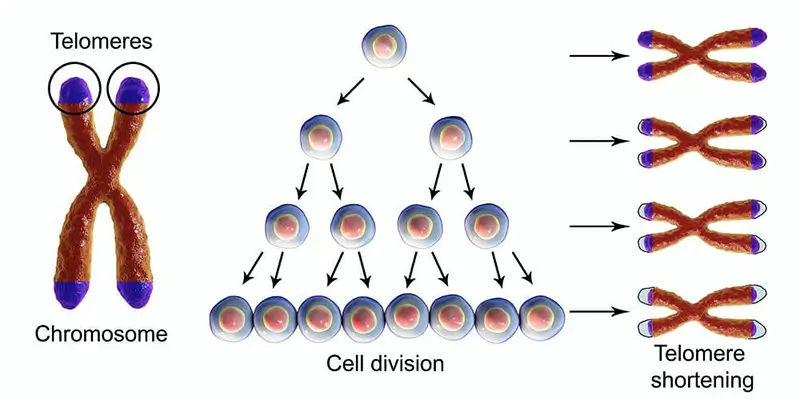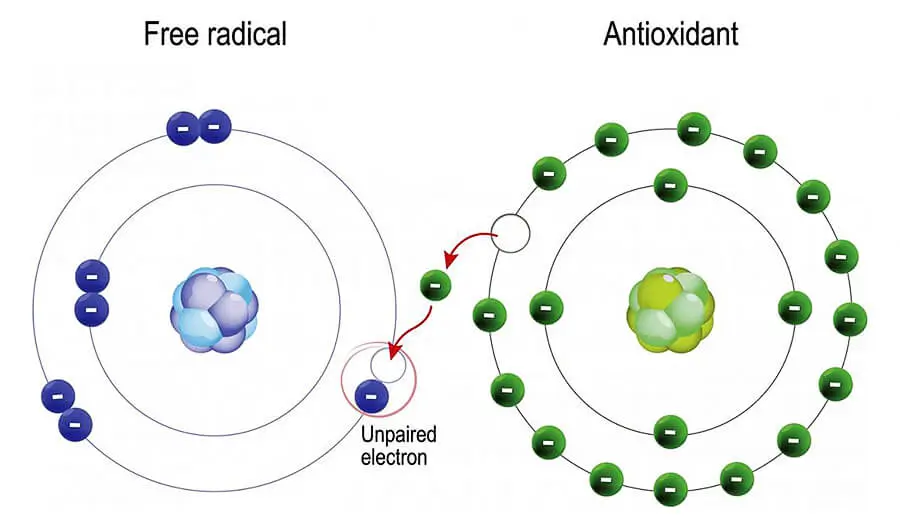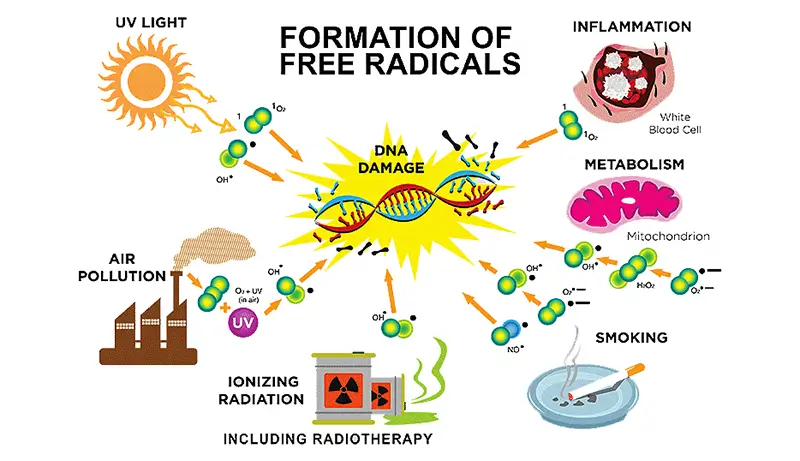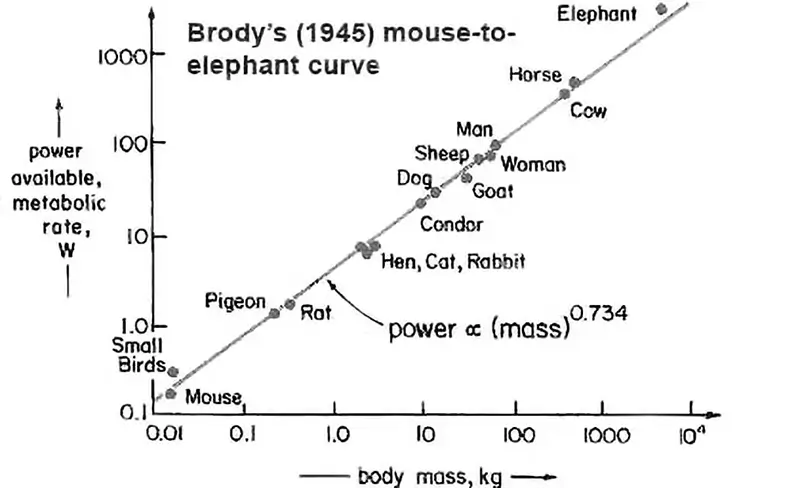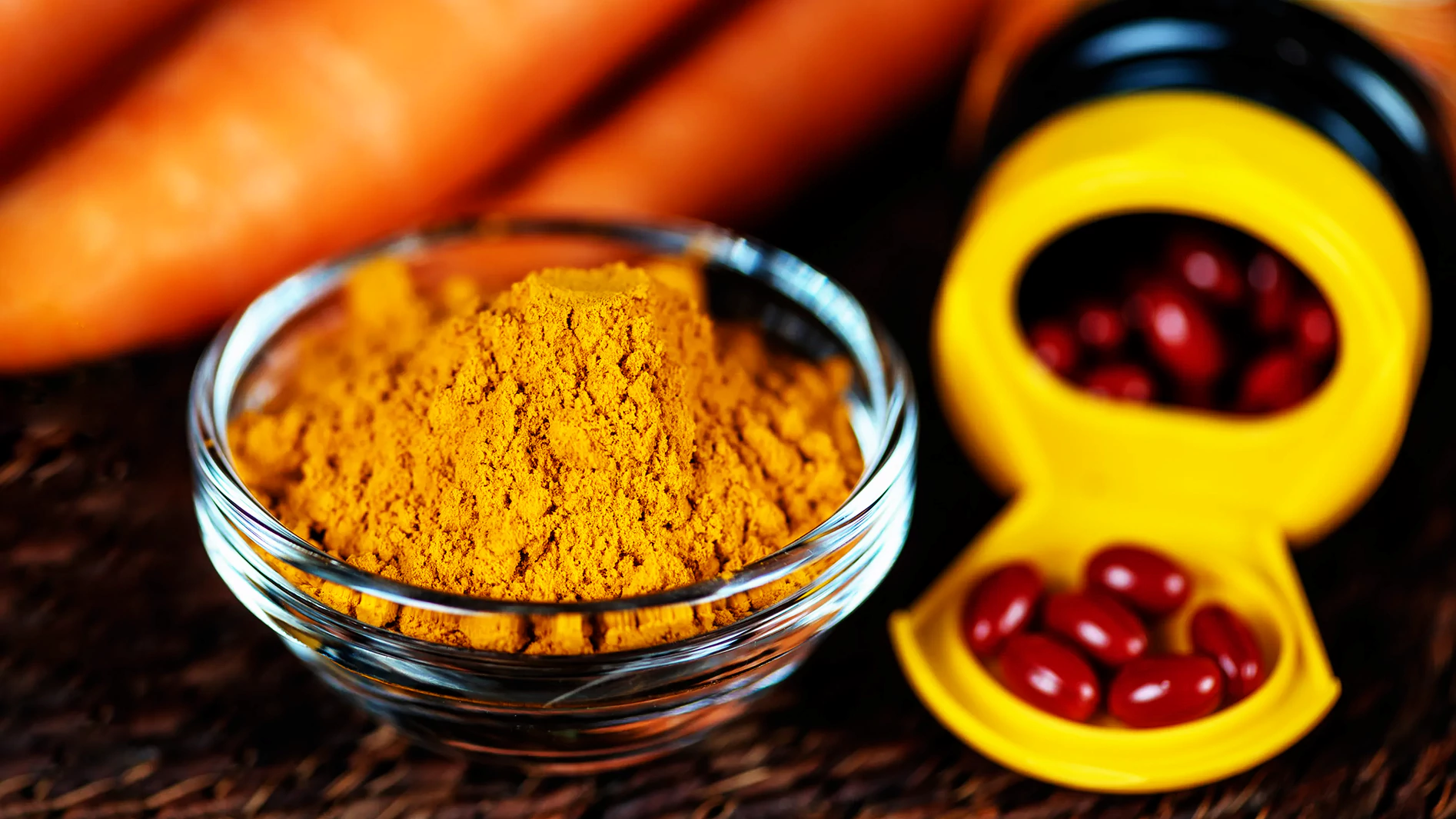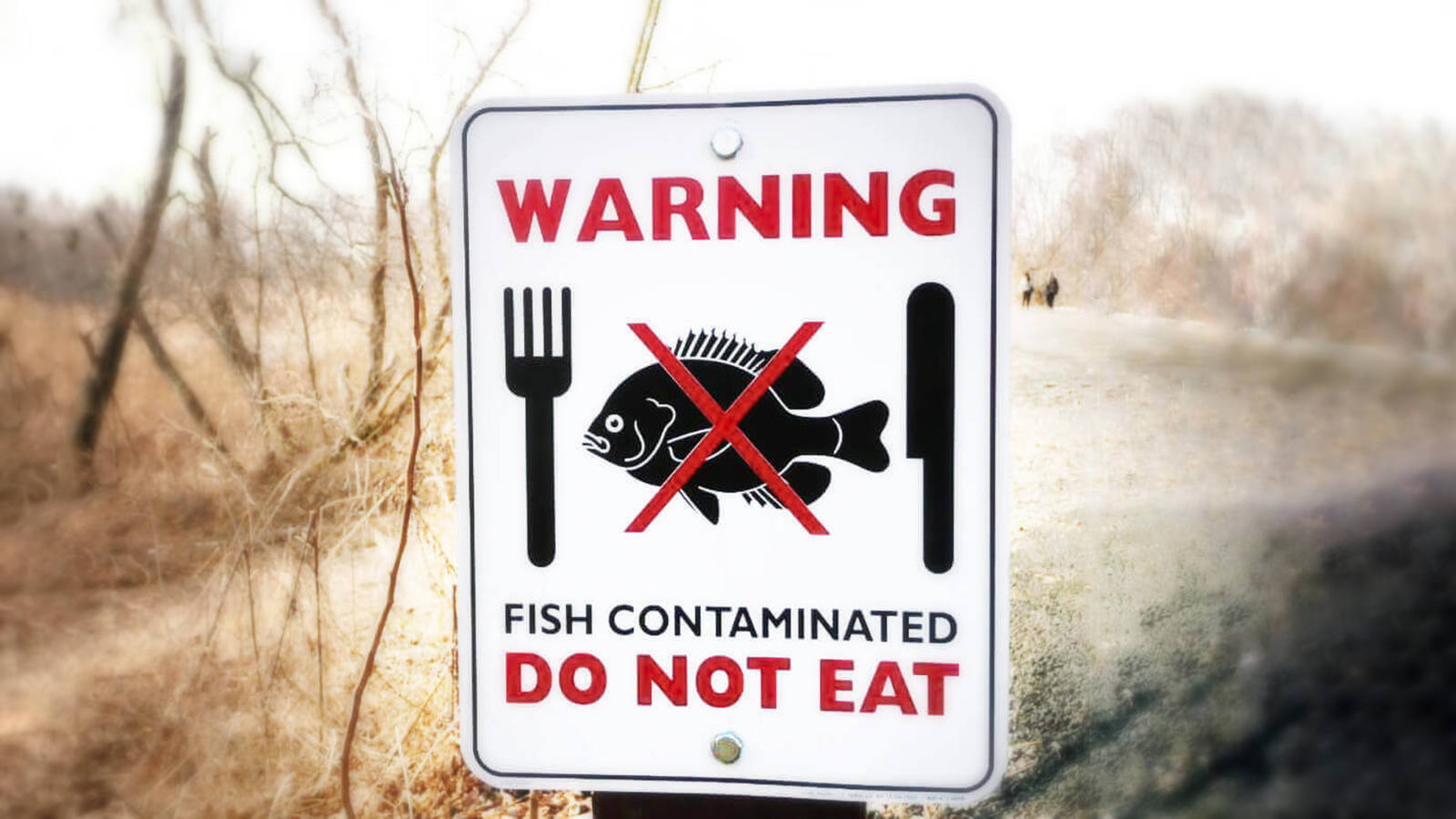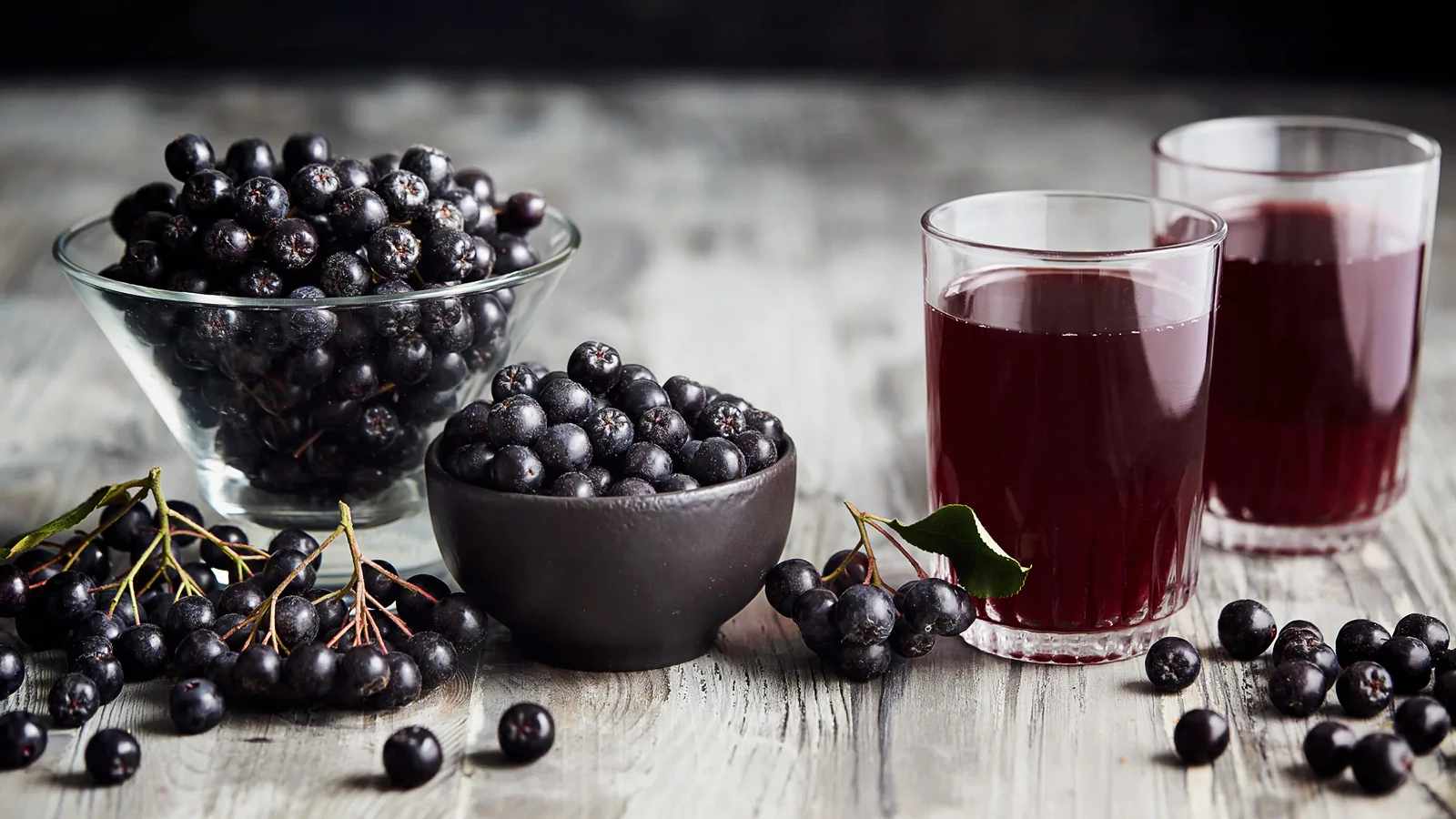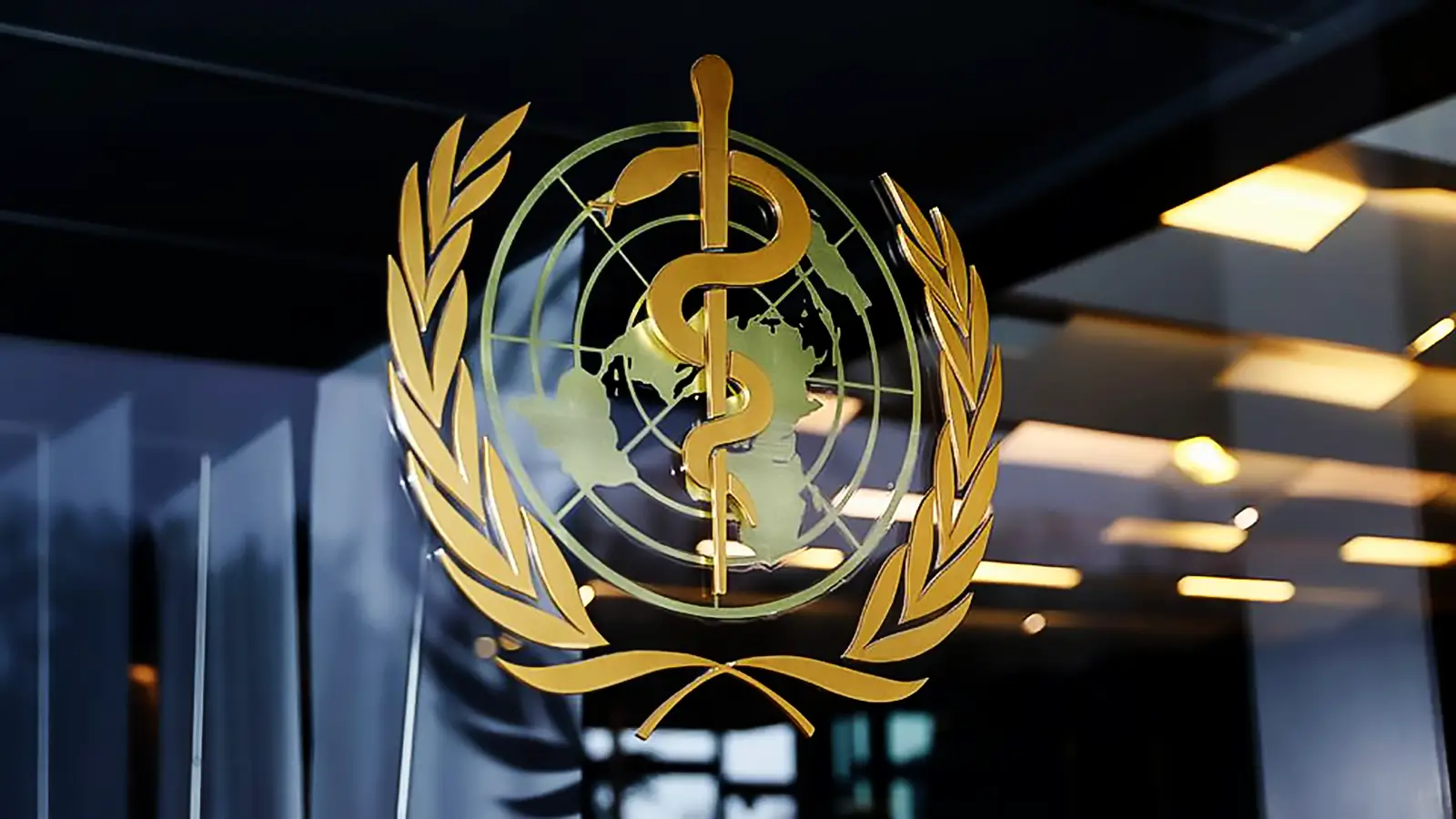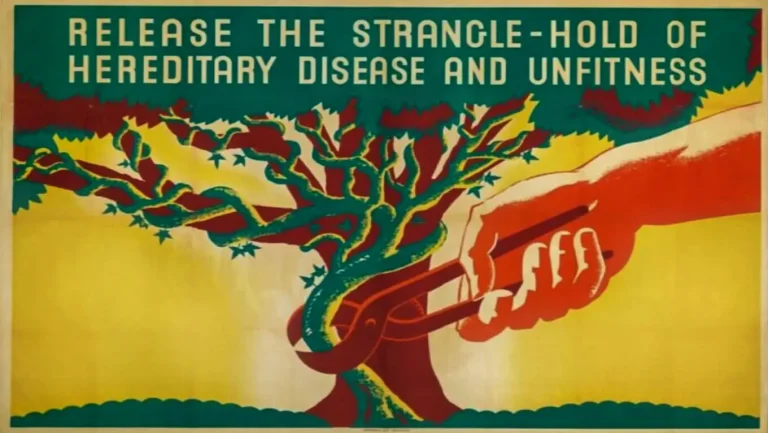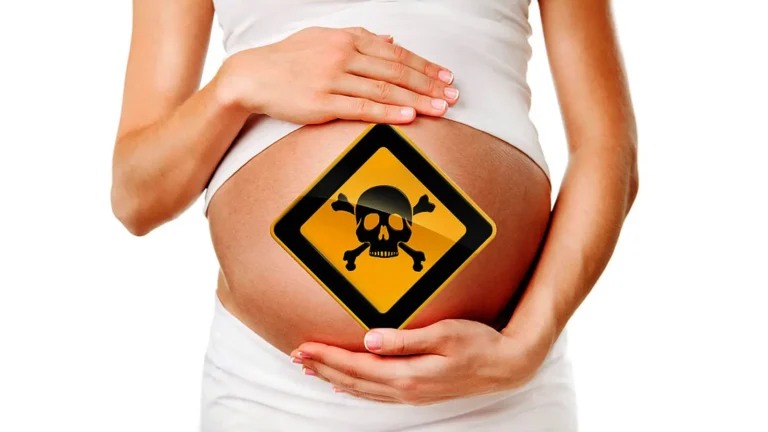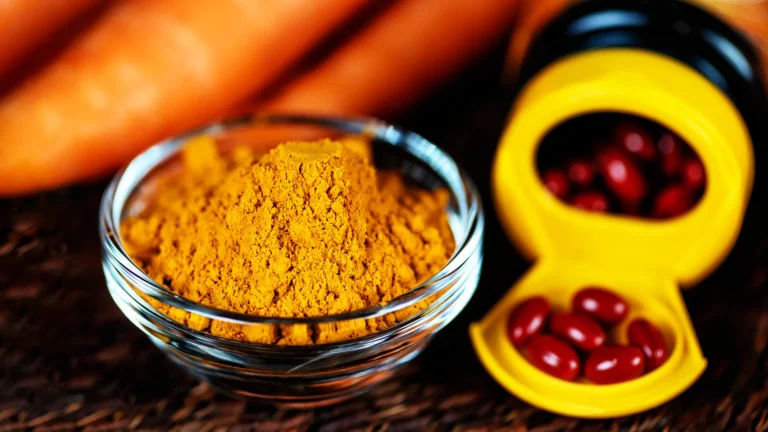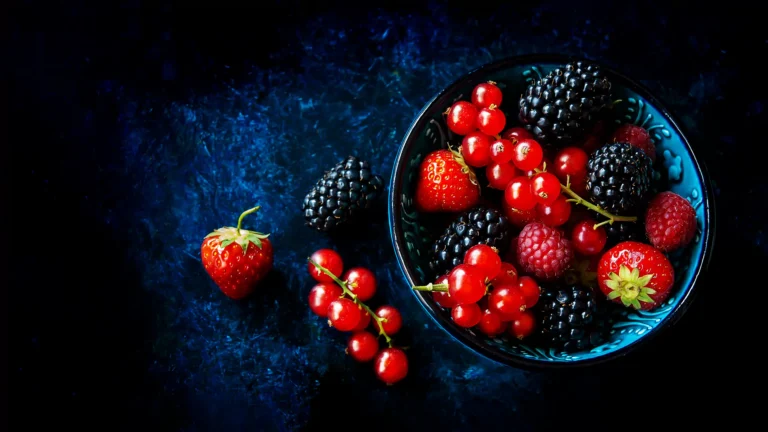Longevity: The Rate of Living Theory
The higher the metabolism, the higher the oxidative damage, and the higher the cell division. Every time cell divide it clips telomere in half and our longevity
Milos Pokimica
Written By: Milos Pokimica
Medically Reviewed by: Dr. Xiùying Wáng, M.D.
Updated June 9, 2023What happens when our regular metabolism burns energy for life? Well, some of that energy escapes and does damage to DNA decreasing our longevity. Some of the damaged cells naturally end their life cycle and die. In their place come new ones from the division.
The higher the metabolism, the higher the damage, and the higher the division.
Every time a cell divide it clips the telomere in half. A telomere is a small area of repeated nucleotide sequences at each end of a chromosome.
The purpose of the telomere is to keep the end of the chromosome from deterioration or fusion with other neighboring chromosomes. During chromosome duplication, the enzymes that duplicate DNA can maintain their duplication unit at the end of a chromosome. What happens is that in each duplication, the end of the chromosome is shortened. After too many divisions telomeres are gone, and there are no more divisions only death. It is a process called aging.
We can slow this process down and increase our longevity by slowing oxidative damage with high levels of antioxidants in the diet, and we can slow it down by increasing energy efficiency. The problem is that nothing in nature is 100% effective. Some of the oxygen in our cells escapes in the form of free radicals and do their oxidation elsewhere.
Oxidative stress happens when an oxygen molecule splits into single atoms with unpaired electrons. These aggressive molecules are called free radicals. They are so aggressive that they will attack the nearest stable molecule trying to steal its electron particle. When the attacked particle is left with no electron, it will become the free radical itself. The process is going to create a chain reaction. Once the process is started, the final result is the disruption of a living cell.
Free radicals are created as a part of normal metabolism.
Four different mechanisms produce endogenous (your body creates them) free radicals. The production of free radicals cannot be entirely stopped. It is surprisingly amusing to me that oxygen, an element indispensable for life is also responsible for our death.
It is not plausible to directly measure the number of free radicals in the body. The more fuel we burn, the faster we burn out.
Have you ever asked yourself how many heartbeats a common man has in their life?
It turns out each animal gets around a billion beats. Smaller animals have higher metabolic rates, and their heart is beating faster. When we calculate the number of beats for different sizes of different species of animals the magic number is one billion. Horses, rabbits, cats, pigs, elephants, whales, it does not matter, it is always one billion. Other than small dogs. They got the short end of the stick. In contrast, humans and chickens are champions in that we get more than double the usual natural number. Around 2.21 billion for us and 2.17 billion beats for chickens. The quicker your metabolism is the faster you will oxidase and the shorter your longevity.
It is called the rate of living theory. Max Rubner first proposed the concept in 1908. He observed that larger animals always outlived smaller ones and that the larger animals had slower metabolisms. A further affirmation was given to these observations by the discovery of Max Kleiber’s law in 1932. Kleiber assumed that basal metabolic rate could correctly be predicted by taking 3/4 the power of body weight.
This theory is colloquially known as the mouse-to-elephant curve. Support for this theory has been reinforced by studies linking a lower basal metabolic rate (evident with a lowered heartbeat) to increased life expectancy. Grand Tortoise can live up to 150 years. Hummingbirds have the highest metabolism of any homoeothermic animal. Their hearts beat at over 1263 beats per minute. At night, they enter a stupor, a form of deep sleep. In a stupor, their heart rate drops to 50 beats a minute to conserve energy. The average lifespan of a wild hummingbird is 3-10 years.
One species that stick out for longevity are Macaws. Birds in general average some 2 to 3 times the longevity of mammals. There are specific avian groups that are even longer-lived than this overall average. Why and how nobody knows. The interesting fact is that oxygen consumption in a unit of time in bird cells can go as high as 2.5 times that of mammals. If we combine this fact of high metabolic rate and oxygen consumption with the long lives of birds, we have unsolved scientific phenomena. If we calculate the numbers, we can see that some long-lived avian cells may be able to live as much as 20 times longer than some of the short-lived mammals such as mice, and five times that of regular long-lived mammals such as humans. If we find out how and what the secret is, we could possibly have five times life expectancy. Birds have evolved some protection against free radical damage. They have evolved some effective mechanisms for protection from the buildup of free radicals. The circumstances of those protective measures so far remain elusive. Longevity is a big topic in today’s scientific research.
Studies within those sectors of oxidative free radical protection have so far been restricted, and the evidence has been moderately conflicting. It will be significant in pharmaceutics, it already is. Universal strong antioxidant and calorie restriction pill, all we can eat and still have the benefits. There are multiple substances that undergo experiments within the pharmaceutical industry, for example, one substance is called Compound SRT1720. SRT1720 mimics dietary restriction, lessening many of the harmful effects of the high-fat diet and obesity with no signs of toxicity even after 80 weeks of treatment. We cannot buy this stuff yet.
What we can do is a dietary intervention in order to optimize our antioxidant intake. What we can have at present is something in the form of strong universal antioxidants like Astaxanthin, Curcumin, or MegaHydrate and increase our dietary intake of antioxidants from food. There is extensive research that is already available and optimizing our ORAC dietary intake levels is recommended to anyone especially in people that have some sort of inflammation and as a prevention from chronic diseases like cancer, aging, diabetes, cardiovascular disease, liver and kidney problems, neurodegenerative disorders (Neha et al., 2019).
There is no more debate on the list in the scientific field anymore about antioxidant intake. More research had to be done, especially to see if the high rate of dietary antioxidants had an adverse effect on immune cells that use the release of oxygen free radicals like macrophages. There is also evidence that antioxidants like beta-carotene can harm us if not taken in a whole food way. In the future, there will probably be much more research done in this area.
In one study that I will mention (Flanary et al., 2005) they analyzed one type of bristlecone pine, Pinus longaeva. It is the oldest known living eukaryotic organism, with the oldest on record turning 4780 years old in 2015. In this study, researchers did a detailed investigation of telomere length and telomerase activity. Telomerase is a ribonucleoprotein enzyme that adds a species-dependent telomere repeat sequence to the end of telomeres. It lengthens the telomeres. Some cells, not all of them can maintain telomere length by the action of this enzyme, thus keeping themselves from death. The conclusions of the research confirm the assumption that:
“Both increased telomere length and telomerase activity may directly/indirectly contribute to the increased life-span and longevity evident in long-lived pine trees (2000-5000 year life-spans).”
(Flanary et al., 2005)
In the future, we will have some t-pill maybe, but until that time we need to correct our lifestyle. Periodical fasting can be one way. It will help us as much as exercise and as much as a good diet.
However, who will actually do this? Ascetic monks. On a population scale, it is not sustainable, and actually, on a population scale, we see reverse action. For us, it is all about how to overcome our metabolism and calorie adaptation so that we can eat more, lose weight more quickly, and have six-pack abs and French fries at the same time. Many people describe dieting to be a 50% physiological battle and a 50% psychological battle, and they are not far off from the mark unless you can deal with the intensive food cravings you face. Most people on a diet are running a calorie deficit of around 500 calories below maintenance. After metabolic adaptation takes place, we can see how fast weight loss would go. Moreover, just around the corner are birthday parties, holidays, and of course, cheat meals. Eating for pleasure is nothing new.
References:
- Lints, F A. “The rate of living theory revisited.” Gerontology vol. 35,1 (1989): 36-57. doi:10.1159/000212998
- Brys, Kristel et al. “Testing the rate-of-living/oxidative damage theory of aging in the nematode model Caenorhabditis elegans.” Experimental gerontology vol. 42,9 (2007): 845-51. doi:10.1016/j.exger.2007.02.004
- Neha, Kumari et al. “Medicinal prospects of antioxidants: A review.” European journal of medicinal chemistry vol. 178 (2019): 687-704. doi:10.1016/j.ejmech.2019.06.010
- Flanary, Barry E, and Gunther Kletetschka. “Analysis of telomere length and telomerase activity in tree species of various life-spans, and with age in the bristlecone pine Pinus longaeva.” Biogerontology vol. 6,2 (2005): 101-11. doi:10.1007/s10522-005-3484-4
Related Posts
Do you have any questions about nutrition and health?
I would love to hear from you and answer them in my next post. I appreciate your input and opinion and I look forward to hearing from you soon. I also invite you to follow us on Facebook, Instagram, and Pinterest for more diet, nutrition, and health content. You can leave a comment there and connect with other health enthusiasts, share your tips and experiences, and get support and encouragement from our team and community.
I hope that this post was informative and enjoyable for you and that you are prepared to apply the insights you learned. If you found this post helpful, please share it with your friends and family who might also benefit from it. You never know who might need some guidance and support on their health journey.
– You Might Also Like –

Learn About Nutrition
Milos Pokimica is a doctor of natural medicine, clinical nutritionist, medical health and nutrition writer, and nutritional science advisor. Author of the book series Go Vegan? Review of Science, he also operates the natural health website GoVeganWay.com
Medical Disclaimer
GoVeganWay.com brings you reviews of the latest nutrition and health-related research. The information provided represents the personal opinion of the author and is not intended nor implied to be a substitute for professional medical advice, diagnosis, or treatment. The information provided is for informational purposes only and is not intended to serve as a substitute for the consultation, diagnosis, and/or medical treatment of a qualified physician or healthcare provider.NEVER DISREGARD PROFESSIONAL MEDICAL ADVICE OR DELAY SEEKING MEDICAL TREATMENT BECAUSE OF SOMETHING YOU HAVE READ ON OR ACCESSED THROUGH GoVeganWay.com
NEVER APPLY ANY LIFESTYLE CHANGES OR ANY CHANGES AT ALL AS A CONSEQUENCE OF SOMETHING YOU HAVE READ IN GoVeganWay.com BEFORE CONSULTING LICENCED MEDICAL PRACTITIONER.
In the event of a medical emergency, call a doctor or 911 immediately. GoVeganWay.com does not recommend or endorse any specific groups, organizations, tests, physicians, products, procedures, opinions, or other information that may be mentioned inside.
Editor Picks –
Milos Pokimica is a doctor of natural medicine, clinical nutritionist, medical health and nutrition writer, and nutritional science advisor. Author of the book series Go Vegan? Review of Science, he also operates the natural health website GoVeganWay.com
Latest Articles –
Plant Based News
-
Vegan Cheese Brand Miyoko’s Introduces Taco Blend ‘Shreds’
on July 5, 2025
-
Comforting Curried Veggies
on July 5, 2025
-
10 Vegan Summer Breakfast Ideas
on July 5, 2025
-
New Netflix Documentary Highlights Impact Of Fishing On Sharks
on July 4, 2025
-
NotCo And Doritos Launch Flamin’ Hot Plant-Based Chicken Nuggets And Mayo In Chile
on July 4, 2025
-
Iconic US National Parks To Get 50% Plant-Based Menus
on July 4, 2025
-
Kung Pao Chickpeas Stir Fry
on July 4, 2025
Top Health News — ScienceDaily
- Frozen light switches: How Arctic microbes could revolutionize neuroscienceon July 5, 2025
In the frozen reaches of the planet—glaciers, mountaintops, and icy groundwater—scientists have uncovered strange light-sensitive molecules in tiny microbes. These “cryorhodopsins” can respond to light in ways that might let researchers turn brain cells on and off like switches. Some even glow blue, a rare and useful trait for medical applications. These molecules may help the microbes sense dangerous UV light in extreme environments, and scientists believe they could one day power new […]
- Scientists discovered how a scent can change your mindon July 4, 2025
Mice taught to link smells with tastes, and later fear, revealed how the amygdala teams up with cortical regions to let the brain draw powerful indirect connections. Disabling this circuit erased the links, hinting that similar pathways in humans could underlie disorders like PTSD and psychosis, and might be tuned with future brain-modulation therapies.
- New IQ research shows why smarter people make better decisionson July 4, 2025
Smarter people don’t just crunch numbers better—they actually see the future more clearly. Examining thousands of over-50s, Bath researchers found the brightest minds made life-expectancy forecasts more than twice as accurate as those with the lowest IQs. By tying cognitive tests and genetic markers to real-world predictions, the study shows how sharp probability skills translate into wiser decisions about everything from crossing the road to planning retirement—and hints that clearer […]
- New research confirms that neurons form in the adult brainon July 4, 2025
Researchers from Sweden have discovered that the human brain continues to grow new cells in the memory region—called the hippocampus—even into old age. Using advanced tools to examine brain samples from people of all ages, the team identified the early-stage cells that eventually become neurons. These findings confirm that our brains remain more adaptable than previously believed, opening the door to potential treatments for memory loss and brain-related disorders.
- Scientists starved worms — then discovered the switch that controls agingon July 4, 2025
Scientists have discovered that starving and then refeeding worms can reveal surprising secrets about aging. When a specific gene (called TFEB) is missing, these worms don’t bounce back from fasting—they instead enter a state that looks a lot like aging in humans, with signs of stress and cell damage. This research gives scientists a simple but powerful way to study how aging begins—and how it might be stopped. Even more intriguing, the same process might help explain how some cancer […]
- Scientists just found a major flaw in a key COVID drug studyon July 4, 2025
A promising path to fighting COVID and other coronaviruses may have been based on a serious mistake. Scientists had zeroed in on a part of the virus called the NiRAN domain, believed to be a powerful target for new antiviral drugs. But when a Rockefeller team revisited a highly cited 2022 study, they found the evidence didn’t hold up. Key molecules shown in the original virus model were actually missing. Their discovery could help prevent wasted time and resources in the race to develop […]
- A cholesterol secret inside ticks may halt Lyme disease spreadon July 4, 2025
Scientists have discovered that the bacteria behind Lyme disease and anaplasmosis have a sneaky way of surviving inside ticks—they hijack the tick’s own cell functions to steal cholesterol they need to grow. By tapping into a built-in protein pathway, the bacteria keep themselves alive until they can infect a new host. The research opens the door to new methods of stopping these diseases before ticks ever get the chance to bite. A new web tool also reveals that this trick might be used by […]
PubMed, #vegan-diet –
- Exploring the role of gut microbiota in rheumatoid arthritis: the effects of diet and drug supplementationon July 2, 2025
Rheumatoid Arthritis (RA) is a chronic autoimmune disease that mostly breaks out at the joints. It further causes bone erosion and decreased life quality due to severe pain. Current drugs are mainly focused on reducing pain, but unable to terminate the disease progression. This study aims to determine the effect of diet types (Western, Vegan and Mediterranean) on RA progression. Some dietary supplements and drug administration (Huayu-Qiangshen-Tongbi formula or Leflunomide plus Methotrexate) […]
- Blood biomarkers of Alzheimer’s disease in Australians habitually consuming various plant-based dietson June 30, 2025
BackgroundEvidence suggests that plant-based diets (PBDs) may be protective against neurodegenerative diseases such as Alzheimer’s disease (AD).ObjectiveThis study examined associations between blood-based AD biomarkers in individuals 30-75 years without current or diagnosed cardiovascular disease following different PBDs versus regular meat-eating diets (RMEs).MethodsThis secondary analysis of the Plant-based Diets study measured Aβ(1-42)/Aβ(1-40), p-tau181, NFL, and GFAP in 237 plasma […]
- Zinc supplementation among zinc-deficient vegetarians and vegans restores antiviral interferon-α response by upregulating interferon regulatory factor 3on June 28, 2025
CONCLUSION: We identified zinc-dependent IRF3 expression as an essential cellular mechanism behind impaired IFNα response in zinc-deficient subjects. This may contribute to disturbed antiviral immunity and cause increased susceptibility to virus infections in vivo. Oral zinc supplementation effectively restored IRF3 and IFNα levels. Hence, nutritional interventions may become increasingly important in order to prevent health implications from micronutrient deficiencies among vegetarians and…
- Micronutrient intake and nutritional status in 16-to-24-year-olds adhering to vegan, lacto-ovo-vegetarian, pescatarian or omnivorous diets in Swedenon June 26, 2025
CONCLUSION: Youth, regardless of dietary practice, need support to ensure adequate micronutrient intakes, particularly for vitamin D and selenium. Further research is required to evaluate iodine nutrition in Swedish youth.
- Integrating comparative genomics and risk classification by assessing virulence, antimicrobial resistance, and plasmid spread in microbial communities with gSpreadCompon June 26, 2025
CONCLUSIONS: The gSpreadComp workflow aims to facilitate hypothesis generation for targeted experimental validations by the identification of concerning resistant hotspots in complex microbial datasets. Our study raises attention to a more thorough study of the critical role of diet in microbial community dynamics and the spread of AMR. This research underscores the importance of integrating genomic data into public health strategies to combat AMR. The gSpreadComp workflow is available at…
Random Posts –
Featured Posts –

Latest from PubMed, #plant-based diet –
- Low-Carbohydrate Diet Patterns That Favor High-Quality Carbohydrates Are Associated with Beneficial Long-Term Changes in Biomarkers of Inflammation and Oxidative Stress in the Framingham Offspring…by Ghaida F Aloraini on July 4, 2025
CONCLUSIONS: LCD patterns that preserved high-quality carbohydrates while replacing low-quality carbohydrates sources, such as refined grains and added sugars, with fat and protein were inversely associated with inflammation and oxidative stress score, potentially lowering chronic disease risk.
- Linking the Planetary Health Diet Index to sarcopenia: the mediating effect of the non-high-density lipoprotein cholesterol to high-density lipoprotein cholesterol ratio (NHHR)by Huan Chen on July 4, 2025
CONCLUSION: This study highlights the observed negative correlation between PHDI and sarcopenia, with NHHR acting as a partial mediator. These findings emphasize the potential importance of dietary patterns in strategies aimed at preventing sarcopenia.
- Design and conduct of a full diet-controlled, parallel, 2-week residential trial for diabetes prevention without weight loss in Asian Chinese and European Caucasian adults with prediabetes: the New…by Ivana R Sequeira-Bisson on July 4, 2025
BACKGROUND: The causal underpinning of increased metabolic risk and previously observed dichotomous plasma metabolome in Asian Chinese vs. European Caucasian remains undetermined and may be hypothesised as attributed to ethnicity (genetic background), pathology (dysglycaemia) and/or lifestyle (habitual diet). We aimed to investigate the underlying cause(s) and the effect of dietary intervention on biomarkers of type 2 diabetes (T2D) in cohorts with prediabetes. The diets are a generic current…
- Comparison of digestive capacity in broilers raised on diets with or without soybean mealby Xiaomeng Ye on July 4, 2025
The objective of this study was to investigate the digestive capacity of broilers raised on diets with or without soybean meal, and evaluate the impact on the determination of metabolizable energy (ME) in feed. Two hundred and eighty-eight 7-day-old Arbor Acres male broilers were divided into 6 blocks based on initial body weight (BW). Within each block, 48 broilers were randomly assigned to one of the two types of diet: a corn-soybean meal diet (CSMD) and a corn-based soybean meal-free diet…
- Dietary Patterns and Incident Chronic Constipation in Three Prospective Cohorts of Middle- and Older-aged Adultsby Yiqing Wang on July 4, 2025
CONCLUSION: Our findings suggest that dietary patterns emphasizing plant-based foods and healthy fats may protect against constipation, informing future dietary interventions and treatments for chronic constipation.
- Computational Strategies to Enhance Vitamin B12 Biosynthesis Potential of Microbesby Vidhyashri Nelliyan on July 4, 2025
Vitamin B(12) is a vital nutrient for the normal functioning of many metabolic processes. It has a characteristic corrinoid ring structure with a cobalt ion. Its complex chemical structure demands 30 enzyme-catalyzed steps for synthesis. Deficiency of this vitamin is common among individuals who are predominantly on a strict vegetarian diet. Large-scale production of this vitamin for dietary supplementation is primarily through microbial fermentation. This review discusses various […]
